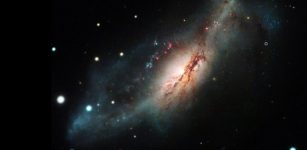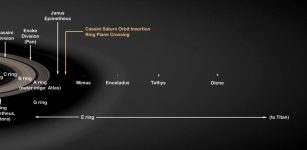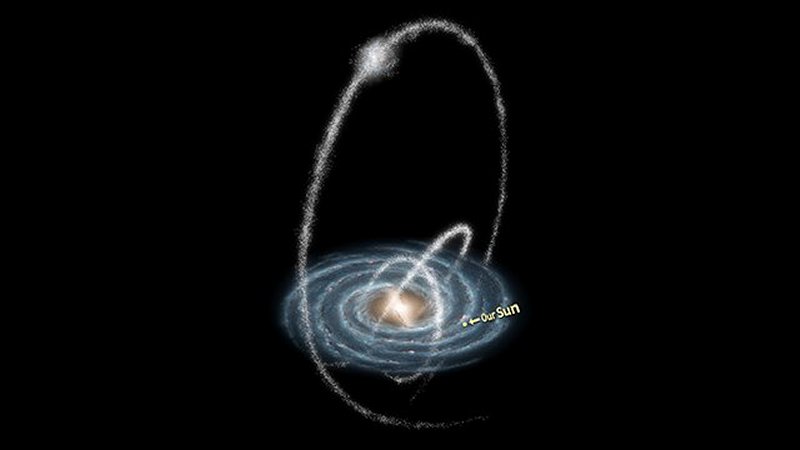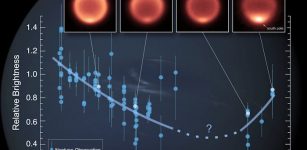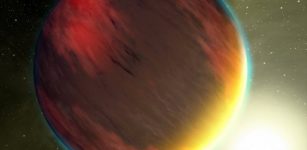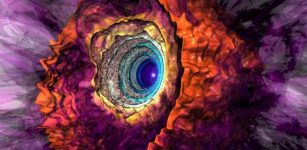On This Day In History: Francis Baily First Observed ‘Baily’s Beads’ – On May 15, 1836
MessageToEagle.com – On May 15, 1836, Francis Baily, an English amateur astronomer observed a celestial phenomenon that would be known as Baily’s Beads.
On this day in May 1836, Baily traveled to Inch Bonney, Roxburghshire, in the Southern Uplands of Scotland – the first recorded eclipse expedition – to observe an annular eclipse of the sun.
This fascinating effect can be observed during an eclipse of the sun, when the rugged lunar landscape allows beads of sunlight to shine through.
Baily’s Beads near Solar Eclipse Totality. Image Credit & Copyright: Leonid Durman
Just before the Sun blacks out, something strange occurs. As the Moon moves to completely cover the Sun in a total solar eclipse, beads of bright sunlight stream around the edge of the Moon.
Although, the number and brightness of Baily’s beads used to be unpredictable, today the Moon is so well mapped that general features regarding Baily’s beads are expected.
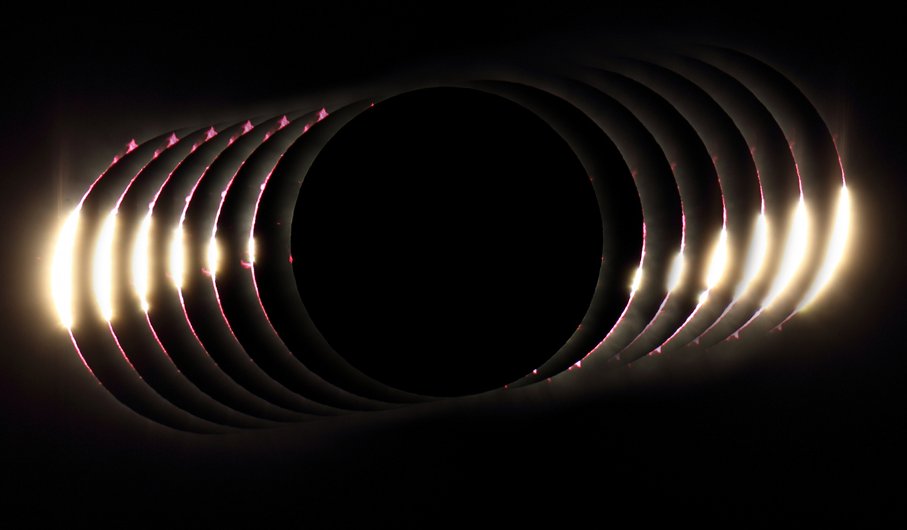
When a single bead dominates, it is called the diamond ring effect, and is typically seen just before totality.
Pictured above, horizontally compressed, a series of images recorded Baily’s beads at times surrounding the 2008 total solar eclipse visible from Novosibirsk, Russia.
At the end of totality, as the Sun again emerges from behind the moon, Baily’s beads may again be visible — but now on the other side of the Moon.
Later in 1842, Baily traveled to Pavia, Italy, to observe the total eclipse of the sun. His publications and descriptions raised considerable interest and led to eclipse watching becoming fashionable amongst the scientific community.
After retirement in 1825, he turned his energies to science, having played an instrumental part in founding the Royal Astronomical Society in 1820.
MessageToEagle.com
via NASA



